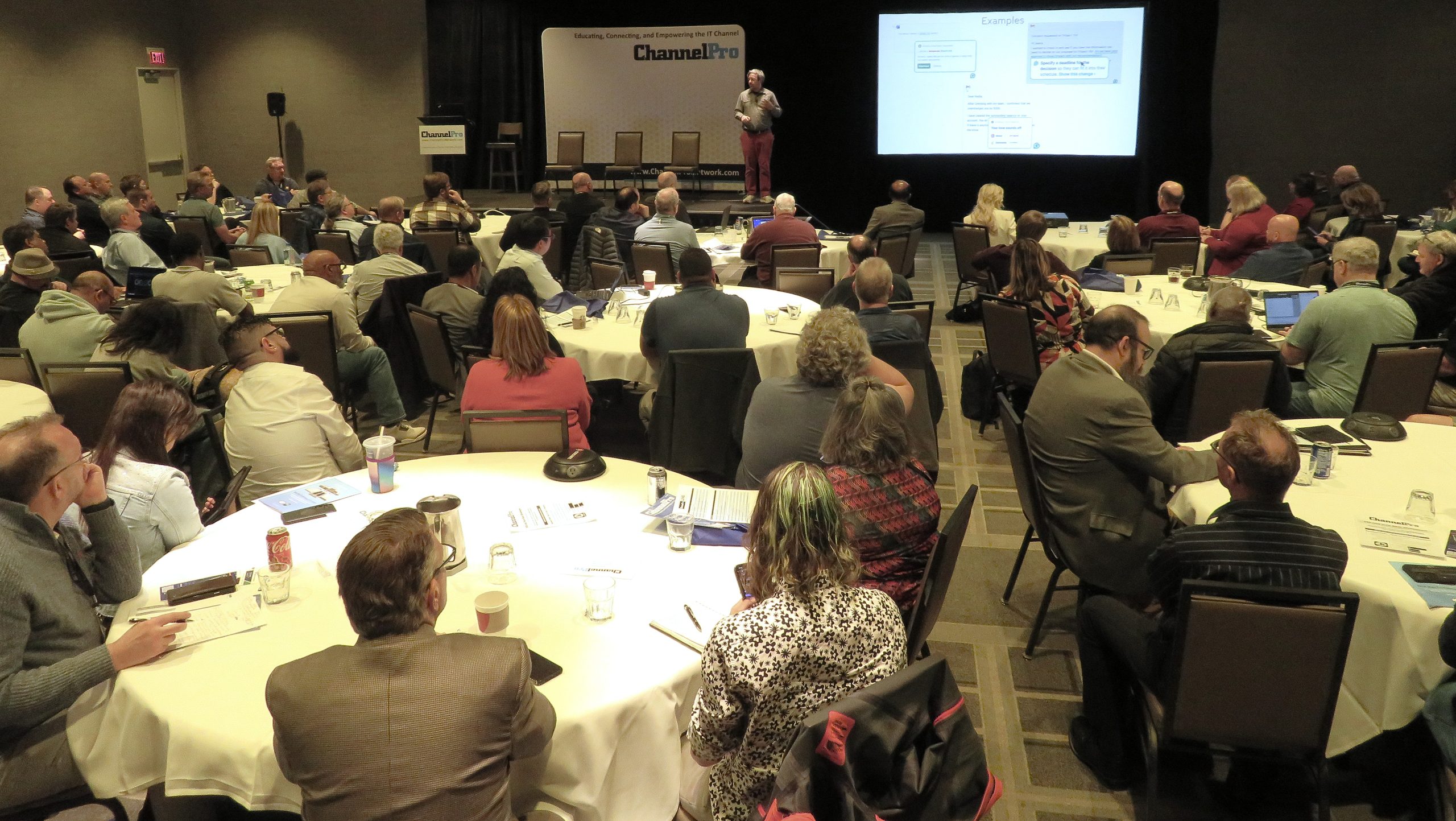The digitalization of our society is accelerating at an enormous pace. Even with this growth, there are still billions of people who remain unconnected to the Internet. To create an inclusive future for all, we must reinvent the Internet and fundamentally change the economics to build and operate networks at massive scale.
A little over a month ago, we announced a dramatic enhancement to the architecture of the Internet for the Future, Cisco’s Routed Optical Networking solution. As part of our Converged SDN Transport architecture, this is a new approach that unifies IP and optical domains to simplify network design, operations, engineering, planning, and management. Routed Optical Networks increase network efficiency, improve agility for new services, and lower operational cost by merging IP and optical services onto a single network layer.
The current complexity is deeply rooted in history. Business-grade Time-Division Multiplexing (TDM) services were established before IP. IP networks emerged as a separate layer over existing high-margin optical (TDM) networks and continue to operate in silos with separate staff. In the worst of cases, problems are resolved with manual trouble tickets between IP and optical organizations. With today’s higher speeds, larger scale, and need for agility, this disjointed model challenges any hope for economic viability into the future. A tradition of using separate networks with multi-layered architectures is now unproductively redundant, complex, and expensive to operate.
Imagine a visit to the doctor. You wait an hour for an examination at one location. Additional tests are needed at a different department. So, they give you a piece of paper to take to a different location, but the instructions were unclear. So, you return to the starting point to try again. Healthcare systems are modernizing to eliminate these layered inconveniences and improve their operations; with routed optical networking, communication service providers (CSPs) are optimizing in a similar way. The modernization of the Internet will require the most advanced silicon, optics, systems, and software to automate its operations.
Today, I am pleased to announce Cisco’s intent to acquire Sedonasys Systems Ltd*. Sedona Systems’ NetFusion is a market leader for its Hierarchical Controller (HCO) that enables multi-vendor, multi-domain automation, and software-defined networking. HCO is the brain that enables transformation like 5G network slicing, routed optical networking, and disaggregation. The Sedona NetFusion platform is the first to deliver complete network abstraction and control, allowing CSPs to manage their networks across domains, vendors, layers, and a myriad of different technologies, all as one single network.
Unified View
We have one simple goal in our network automation strategy – simplification. With Sedona NetFusion joining the Cisco Crosswork portfolio, we will deliver the most advanced network automation platform for Cisco’s Routed Optical Networking Solution to achieve this goal. Now, CSPs can gain real-time, dynamic, and seamless control of IP and optical multi-vendor networks together. They can quickly move from clunky, manual operations across siloed teams and technologies to a completely automated and assured network that’s easily managed through a single pane of glass. Cisco Crosswork and Sedona NetFusion provide a real-time replica of the entire network to predictively manage any changes to the deployment, connectivity, and activation status of all network inventory. Operators can preview optimization, assurance, and changes, and then commit them as needed. This complete network view benefits CSPs in many ways, including:
- One easy-to-operate, abstracted network view
- Automation and network consolidation that cuts operational complexity and operating expenditure (OpEx) by streamlining management and reducing the need for cross-domain expertise
- Improved customer experience through optimizing service routes, automating diversity, and reducing outages with better protection and maintenance
- Automated control to support advanced KPIs greatly improving CSP’s ability to guarantee premium Service Level Agreements (SLAs)
Multi-vendor, Multi-domain Support
As a platform, NetFusion provides service-to-fiber visibility based on real-time data from your operating network domains including 5G, converged IP and optical core, access, and aggregation. It automatically discovers the packet and transport layers (Layer 0 to Layer 3), stitches all layers and domains together, and performs deep analytics to optimize and automate network control. The advanced analytical capabilities save precious time and resources. With multilayer awareness, multivendor and multidomain support, Sedona’s applications:
- Acquire domain-specific network data
- Understand how domains in one layer are connected
- Understand how layers are connected to each other
- Easily integrate in a multivendor network
- Proactively visualize, analyze and automate
The journey to reinvent the Internet will take time. Modernizing operations is vitally important to changing the recurring costs of operating networks of massive scale. Typically, it cost five dollars to operate for every dollar spent on equipment annually. That must change. Together, Cisco’s Crosswork network automation and Sedona’s NetFusion unify and modernize optical and IP operations. We are excited to share all the possibilities with Routed Optical Networking, Crosswork, and Sedona to help our customers grow revenue, reduce costs, and mitigate risk.
(* Sedonasys Systems, Ltd. also known as Sedona Systems)














